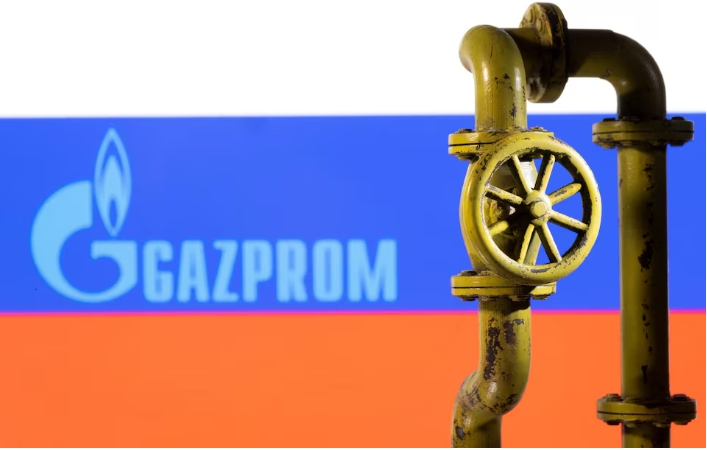
Russia's LNG exports, unlike oil supplies, have not been under Western sanctions. However, Europe has been looking into ways to curb the supplies and cut revenues for Moscow.
The European Parliament voted on Thursday to pass rules allowing European governments to ban Russian liquefied natural gas (LNG) imports, by preventing Russian firms from booking gas infrastructure capacity.
Russian LNG deliveries to Europe increased last year to 22 billion cubic metres (bcm), up from around 16 bcm in 2021, according to EU analysis.
The tanker, the Cool Rover, which loaded LNG ship-to-ship from the floating storage and regasification unit (FSRU), the Marshal Vasilevskiy, is discharging in the Spanish port of Bilbao at the BBG LNG terminal, the data showed.
Gazprom and Portovaya LNG did not respond to a Reuters request for comment.
Last month Gazprom shipped the first LNG cargo from Portovaya to Spain.
State-controlled Gazprom has largely lost the European pipeline gas export market, once a main source of foreign currency revenues for Moscow.
Russia supplied just 28.3 bcm of gas to Europe via pipelines last year, down from 63.8 bcm in 2022 and 148 bcm in 2021, the last full year before its invasion of Ukraine.
The Portovaya LNG plant with a capacity of 1.5 million metric tons per year was launched in September 2022. Most LNG cargoes from the plant have been sent to Turkey or Greece, while three were shipped to China.